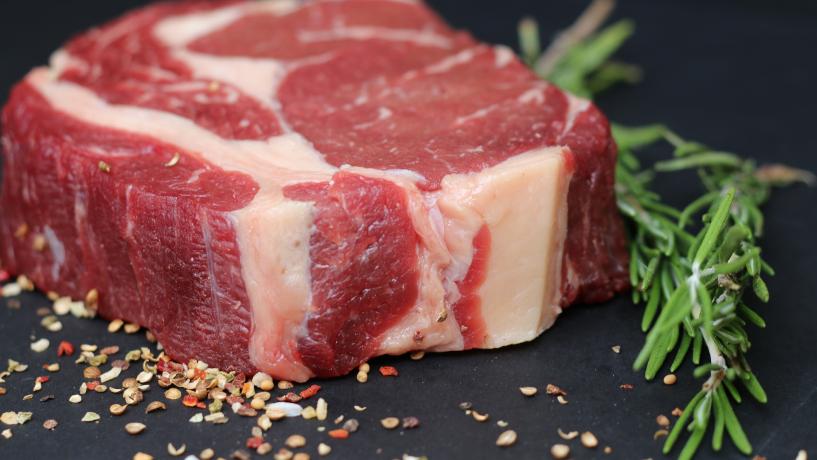
The Australian red meat and livestock industry works hard to earn its reputation for food quality and safety; strict controls are in place at all stages of production, from breeding to processing. Still, there is no way to guarantee that contamination won’t occur between the time that meat is purchased and when it is served to a paying customer.
Food poisoning affects roughly four million Australians every year; contaminated meat products account for a good deal of these cases. It’s important that anyone who handles meat products, especially those who handle food for the public, know how to do it safely to prevent the spread of food-borne disease and other health risks.
To prevent food poisoning from meat (and products containing it) in your business, follow the rules below.
Accepting meat deliveries
- Check that meat is delivered at 5°C or below.
- Check that frozen meat products are frozen solid and don’t show any signs of thawing on the packaging.
- Verify packaging and / or use by dates.
- Do a smell test — spoiled meat will emit a distinct, pungent smell.
- Check that the flesh is not sticky or slimy, which may indicate that bacteria has started to grow on the surface.
Storing meat
- Store meat in the refrigerator at 5°C or below or in the freezer at -15°C or below.
- Prioritise getting meat products into storage before less hazardous foods — you’ve only got two hours at room temperature before meat can’t be put back into the fridge.
- Keep raw meat away from cooked food in the refrigerator and store it on the bottom shelf, below cooked foods or fresh produce. You don’t want juices to drip onto ready-to-eat foods and contaminate them.
- Verify that your walk-in cooler, fridges and freezers are cold enough*. Make sure your coolers are equipped with thermometers and that employees are checking the temperatures regularly.
- If you mince your own meat, refrigerate and use it the same day (or within 24 hours) or freeze it.
*If your equipment is working properly but the temperature isn’t what it should be, check that boxes of food aren’t blocking the air vents. Overstocking refrigerators can also prevent cold air from circulating, so make sure you’re not ordering more than your refrigerator can handle.
Preparing meat
- Thaw frozen meat in the refrigerator at 5°C or below — this can take time, so it’s best to do it overnight.
- If you absolutely cannot wait for meat to thaw in the refrigerator, you can thaw it using the defrost setting in your microwave. If you defrost meat using this method, cook it immediately afterwards!
- Clean and sanitise utensils, tools, equipment and food preparation surfaces (e.g. countertops, chopping boards) before and after working with meat, and whenever you’re switching between different types of food, to prevent cross-contamination.
- Keep raw and cooked meats separated at all times — never reuse dishware, utensils or equipment that were used for raw meat without cleaning and sanitising them first.
- Cook food thoroughly, until it reaches the recommended internal temperature.*
- Don’t guess about temperatures — use a meat thermometer to confirm that food is cooked all the way through.
- Wash your hands with soap and water before touching food and every time there is a risk of contamination (hint: not just when you sneeze or use the toilet).
*Raw or undercooked meats can contain high doses of dangerous bacteria that can cause food poisoning. As a general rule, all food should be cooked to a minimum internal temperature of 75°C or higher.
Preventing food poisoning
Food poisoning is often caused by one (or a combination) of the following:
- improper time and temperature control of hazardous foods
- inadequate cleaning and sanitising practices
- poor personal hygiene of Food Handlers
To ensure the safety of your customers, you need to take control of these three things in your business. The easiest way to do so is through online food safety training and by enforcing food safety protocols and procedures in your business.
Find out more about food safety training courses in Australia.




